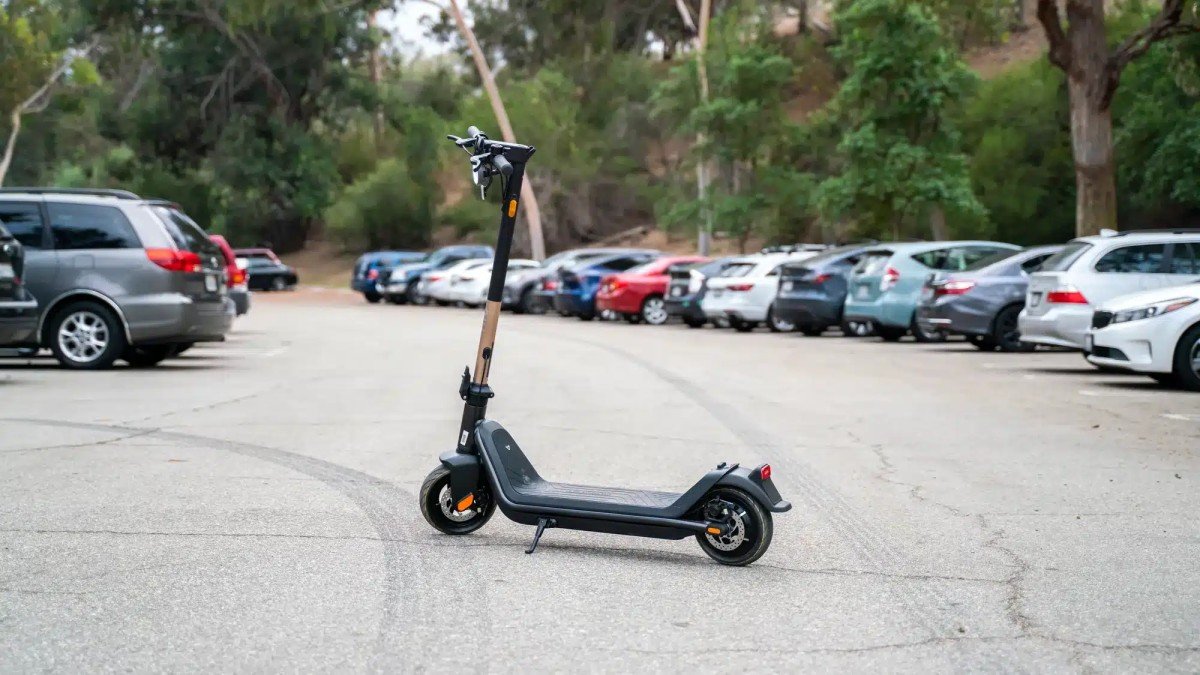
Written Content
Since the big boom in during the Covid years, it has become more and more common to see electric scooters cruising around neighborhoods and city streets. In Utah, where I live, this is certainly the case. In regards to legality however, it can be a confusing matter to sort through where scooters they can and can’t be ridden.
My Own Run-Ins with Cops
In my experience riding scooters over the past 3 years, I have been pulled over by cops for the following reasons:
- Not wearing a helmet (I started wearing helmets immediately after this, and upgraded to full-face helmets after I broke my jaw in a fall)
- Not having sufficient lighting (I now have a handlebar-mounted light for scooters with poor headlights, and a rear light mounted on my helmet)
- Running a yellow light (it was yellow, I swear...)
- Riding on the road
- Not riding on the road (riding on the sidewalk)
I have also been yelled at by bikers for riding in bike lanes, which is pretty much the only option besides riding on the roads or sidewalks. So where can you actually, legally ride?
From general trends to state specific regulations, this article will provide you with some helpful insights to get a better feel for where you should, or shouldn’t, ride your scooter next time you’re out and about.
Common Laws Across U.S. States and Cities
There are no federal laws that specifically address electric scooters, but there are some federal regulations that apply in regards to speed and motor power. However, with additional state laws layered into the mix, the breakdown by state and even city regulations can get real complex real fast. Let’s start at the state level.
The table below provides an overview of where electric scooters are street or sidewalk-legal across the United States.
| Street Legal (32) | Street Illegal (2) | Sidewalk Legal (5) | Sidewalk Illegal (11) |
| Alabama, Alaska, Arkansas, California, Colorado, District of Columbia, Florida, Georgia, Hawaii, Illinois, Indiana, Kentucky, Louisiana, Maine, Maryland, Massachusetts, Michigan, Minnesota, MIssissippi, Missouri, Nevada, New Hampshire, New Jersey, Ohio, Oregon, South Dakota, Tennessee, Texas, Utah, Virginia, Washington, West Virginia | Delaware, Pennsylvania | Arizona, Iowa, North Carolina, Rhode Island, Wisconsin | California, Connecticut, Kansas, Montana, Nebraska, New York, North Dakota, Oklahoma, Tennessee, Vermont, Washington |
As you can see, there are very few states where it is strictly legal to ride your electric scooter on the sidewalk, and a handful where it is strictly illegal. When in doubt, just stick to the roads. If you have access to a bike lane, it’s not a bad idea to ride there in order to maximize your personal safety and the safety of other drivers on the road.

Scooter Legal Classification: Is it a Bird? Is it a Plane..?
Electric scooters are generally classified as low-speed electric vehicles (LSEVs) in the United States and are treated similarly to electric bicycles. However the exact classification and laws (you guessed it!) again, vary by state. Few states have clear legal frameworks around electric scooters.
Some states treat electric scooters similar to bicycles, meaning that drivers don’t need a license or vehicle registration. Other states may classify them as toy vehicles, mopeds, or just lump them in entirely with electric bikes. Others still may consider them to be motor-driven cycles.
Local vs State Laws
Beyond the legal classification, there are additional local laws surrounding electric scooter riding. In some cases, local restrictions are stricter than state laws. For example, a state might allow electric scooters on sidewalks in certain areas, but a city within that state may impose additional restrictions, such as banning them on sidewalks entirely. In Tennessee for example, even riding a regular, non-electric bicycle on the sidewalk is banned in business districts.

Riding On the Shoulder?
Generally if the state or local area allows the electric scooter on the road, the shoulder is fine too. That usually comes down to a speed issue when determining legality, as opposed to whether operating the scooter in the shoulder itself is legal. In my experience, the shoulder is the safest place to ride a scooter if you are slightly under the speed of cars on the road. You have to be aware of debris, however, as most of the road debris gets gradually pushed to the shoulder over time.
Conclusion
The laws around electric scooter use are still in flux, and riders need to be aware of local regulations before hitting the road or sidewalk. Since city ordinances are can vary wildly, it's best to check for specific rules in your area before operating an electric scooter. Regardless of the laws, always wear a helmet for your safety (and other safety gear for higher-powered PEVs, use a bike lane where possible, and always be alert and aware of your surroundings.
Check out our favorite safety gear for electric scooters here.
No comments yet…